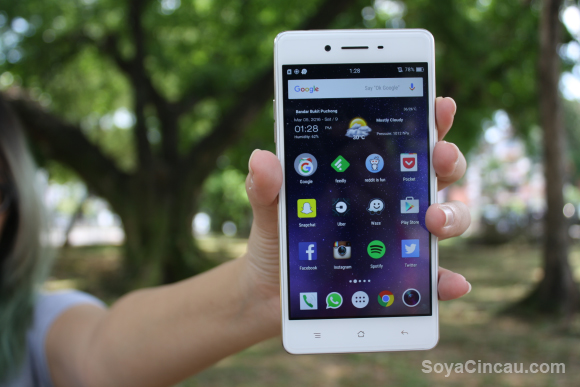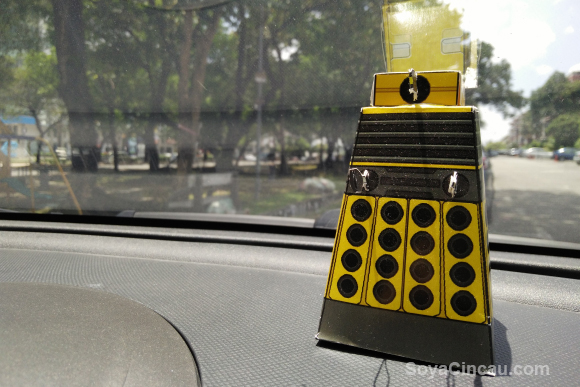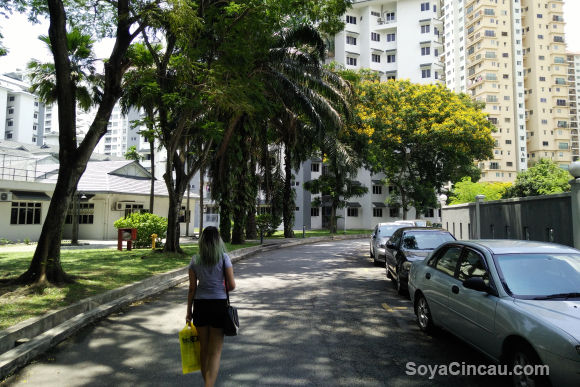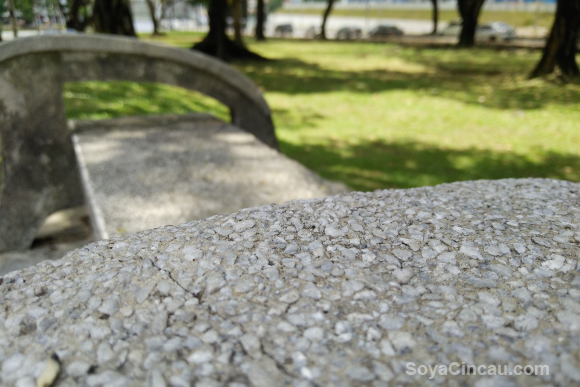It’s difficult to sort the OPPO F1 into a set category. It isn’t the most budget-friendly smartphone, it isn’t the most powerful device, nor is it a great value buy.
So, what is this confused little device from the OPPO?
As far as I can tell, the F1 is a reasonable smartphone in both build and performance. It’s fairly good looking too if you’re into this kind of look, and it comes in at a manageable 5-inches — something that should delight many who are sick of phablets.
Performance is decent, but I do take issue with OPPO’s decision to call this a “Selfie Expert”. Nevertheless, I don’t think that its marketing title is this smartphone’s biggest problem.
[nextpage title=”Some hay in a haystack”]
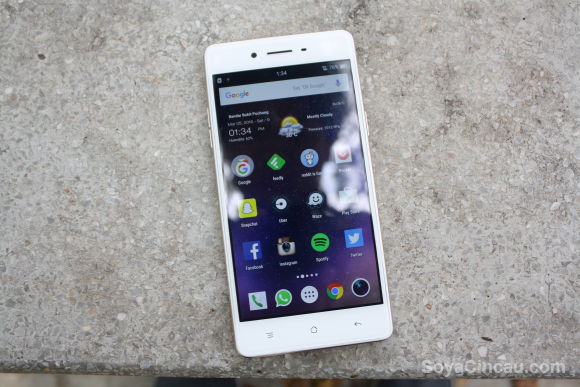
We meet all kinds of people going through life — the good, the bad, the brilliant and the downright diabolical — people that we tend to remember because there was one point when our paths crossed where they did something absolutely spectacular. That single action or series of events sears itself into our minds, leaving a wound that doesn’t hurt but at the same time is too hot to touch.
And then, there are the people who occupy the middle space between the two extremes, just going through life because they have to — lacking drive, passion and inspiration — simply filling up the blank space behind the lead characters so the set looks believable. That, unfortunately, is where OPPO’s latest smartphone finds itself stuck in.
That’s not entirely a bad thing, but that’s not exactly a great thing either — which is exactly the point I’m trying to make.
It’s built reasonably well
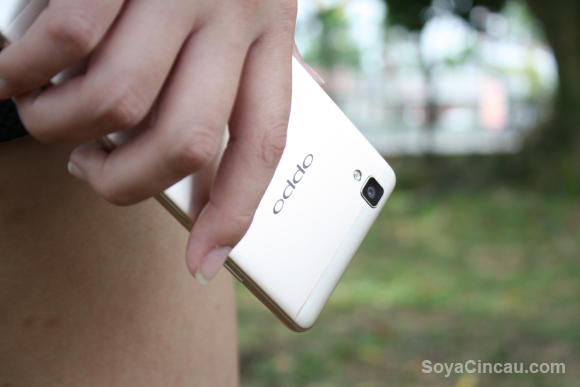
When I first picked up the OPPO F1, I didn’t really like it. It looked too much like a rehashed R7s, from the sharp camera hump all the way to the shape of the device. But, after spending some time with the F1, I realised that perhaps rehash isn’t the most ideal word, perhaps refinement is better.
Yes, the F1 feels like it was constructed with less premium materials than something like an R7s, with its plastic frame and single metallic backplate, but, it feels nicer to hold because the device is more rounded and the seams blend together better. I always thought the R7s was a little too sharp around the edges and I’m glad that didn’t carry over to the F1.
It’s got a nice thin profile that slides effortlessly in and out of even the tightest jeans (believe me I’ve tried) and I believe the smaller 5-inch profile will be great for those with a smaller handprint. Perhaps the best part of the build is how premium it makes the device look — that is to say much more premium than its price tag would usually entail — so that’s a good effort on OPPO’s part.
It performs fairly averagely
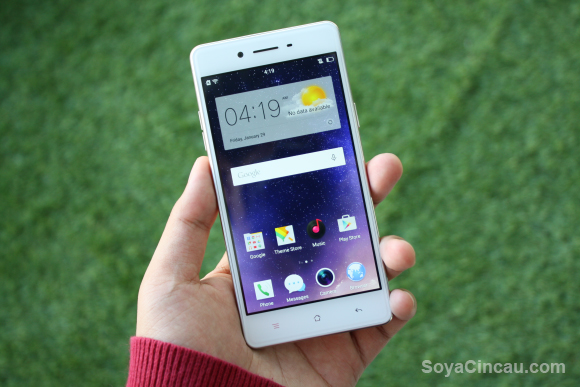
Being the mid-range smartphone that it is, the OPPO F1 wasn’t going to set any performance records. The Snapdragon 616 processor on the inside, mated with 3GB of RAM and 16GB of expandable internal storage, will get you through most tasks without too many problems but starts to choke when you switch between applications and multitask.
It doesn’t downright freeze, but it stutters enough for you to notice, especially trying to unlock the homescreen when you have multiple applications running in the background. Gaming was alright with games like Asphalt 8 and NFS: NL churning out acceptable frame rates without the device running too hot.
OPPO’s colorOS skin over Android 5.1.1 Lollipop isn’t particularly ugly or bad to use, but it isn’t the prettiest or most practical too. It doesn’t have an app drawer — like pretty much every Chinese smartphone out there — so that pushes my buttons in the wrong way, but that’s just me.
Here are some benchmarks for those of you who are interested in seeing the raw numbers:
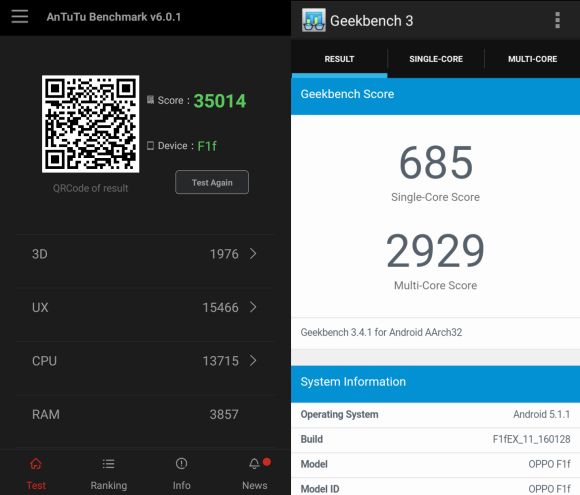
It’s got some average hardware…and some questionable ones
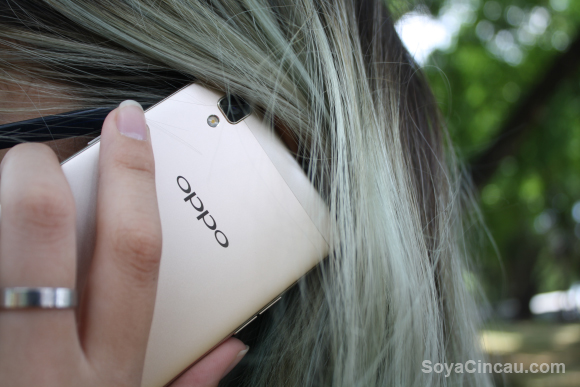
But, maybe that relatively smooth performance is down to the low-resolution display — perhaps my biggest problem with this device. It’s got a 5-inch 720p HD LCD display on the front, which in this day and age, shouldn’t exist on a smartphone that is upwards of RM1,000. It doesn’t get very bright and thanks to the low ppi, reading wasn’t particularly pleasant either.
What’s more, OPPO’s decision to place the speakers on the back of a flat smartphone utterly befuddled me. The device lies flat on the table, meaning the three grilles cut into the metal backplate were completely blocked rendering the audio nearly inaudible. Oh and did I mention the capacitive buttons aren’t backlit?
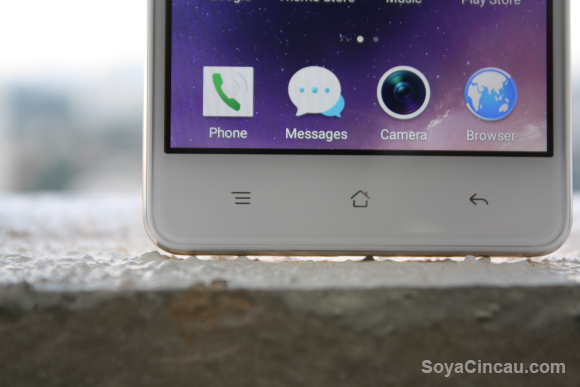
It does have a nice dual SIM setup with support for a microSD card, which is nice to expand that 16GB of internal storage, but it uses a hybrid SIM tray so you will have to choose between having two sims or an SD card. The device is very frugal with its power consumption though, easily letting me pull out a day from the 2,500 mAh battery. While its power management is great, it’s a shame OPPO didn’t include it’s excellent VOOC fast charging in the F1.
It’s no expert, but it’s fairly capable
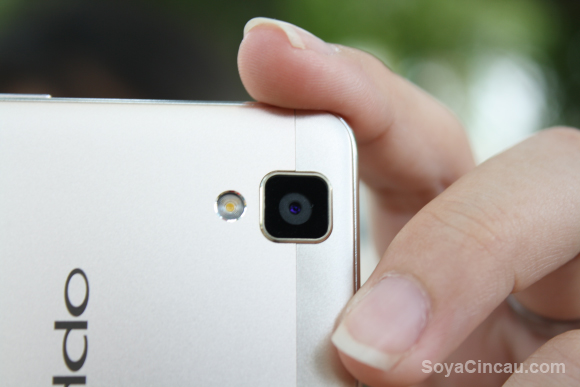
OPPO markets this smartphone as a “Selfie Expert” but as far as I can tell with my selfie skills, there is really nothing that sets it apart from something like the Nexus 6P’s incredibly wide selfie camera, or the ASUS ZenFone Selfie’s insane 13MP laser autofocused camera on the front.

That’s not to say the 8MP f/2.0 front-facing unit on the F1 is bad at selfies. The sensor does pick up a lot of detail and the camera app comes with a bunch of modes — in typical OPPO fashion — that let you beautify, add various filters, and use hand or voice gestures to take a photo.
No screen flash:

With screen flash:

I was impressed with the F1’s screen flash because it works well enough to illuminate your face, but, it seemed the camera either had some issues with focusing or over correction of noise because the end result always ends up a little muddy.
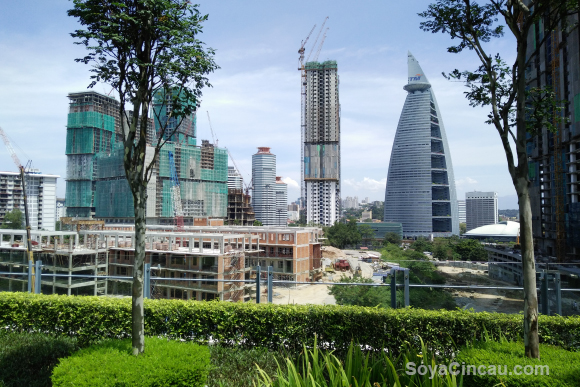
On the rear, the camera experience isn’t exactly great either. Photos in well-lit conditions pulled in plenty of sharp detail but the dynamic range was atrocious. Every single shot had completely blown out highlights, some to the extent that you couldn’t even see the sky.
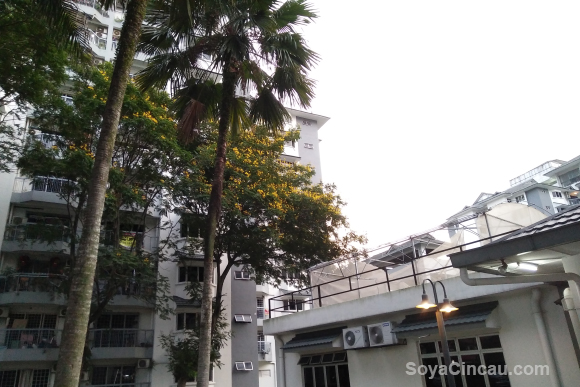
There are also a couple of modes for the camera but one that caught my eye was the ultra high resolution mode. Unfortunately, all the images I caught with “Ultra HD” had a really weird green tint to it. Peculiar, but not particularly attractive unless you were a well known Spiderman villain.
Ultra HD:

Regular shot:
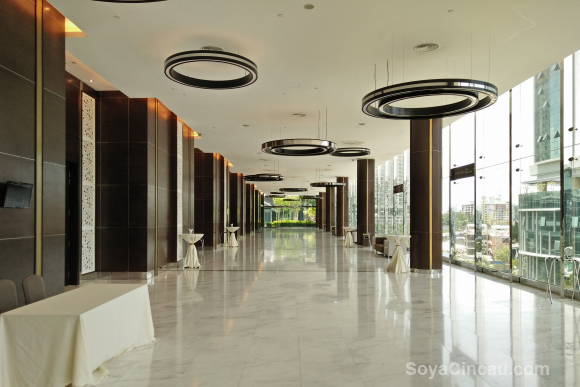
If you’d like to see more photos, do head on over to the gallery section of this review.
Right click, archive
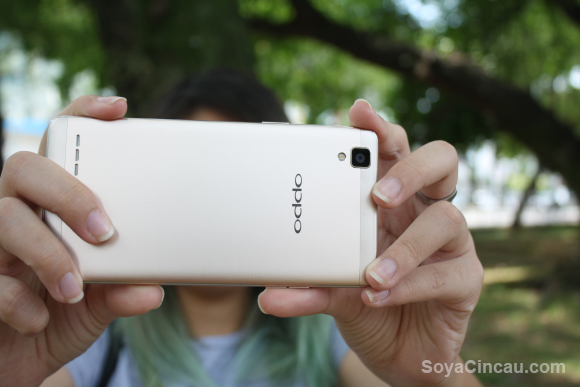
Compare it with its competitors like the honor 5X (RM899), the ASUS ZenFone Selfie (RM1,049), Lenovo Vibe K4 Note (RM999), the Xiaomi Redmi Note 2 (RM649) and even the upcoming Redmi Note 3 (expected to be below RM1,000), the OPPO F1 really doesn’t do much to set itself apart. In fact, compared to the honor 5X and the Redmi Note 3 — both of which have metal unibodies — the F1 even falls slightly behind in terms of build quality with its plastic frame.
I get that not all devices are memorable ones. In fact, most smartphones that get launched — just like people — simply get by and that is by no means a bad thing. Nor is it a good thing, which once again brings me to my point. Perhaps the biggest problem with the OPPO F1 isn’t the slightly high asking price of RM1,198, it’s the fact that this smartphone is utterly forgettable.
It’s not a device you reminisce during chat sessions with old tech buddies. It is simply a phone you pick up for whatever reason, use for a set amount of time, and move on from without so much as a blink of the eye. For most people, that’s enough, but there are some of us who want a little magic in life and to those people I say: This isn’t the phone for you.
[nextpage title=”Gallery”]
Here are some more shots from the OPPO F1. Feel free to click on each image to view the full picture.
1. Regular vs Ultra HD
Regular:
Ultra HD:
Regular:
Ultra HD:
Other shots
Selfies

If you’d like to see more photos of the device itself, be sure to head on over to our OPPO F1 album on Facebook.

